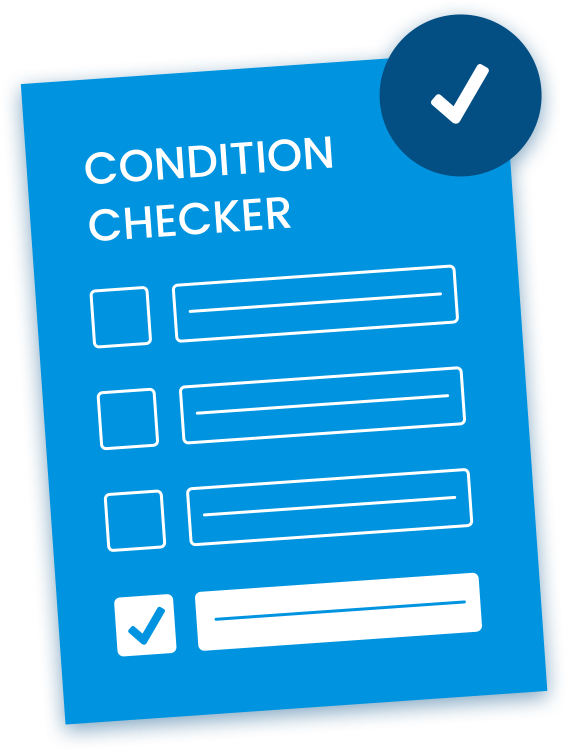Coccydynia
Find out which possible conditions you may be suffering from by trying our 2-min Guided Pain Assessment Form!





Coccydynia refers to a syndrome characterized by pain and tenderness in the tailbone or coccyx (the group of vertebrae at the base of the spine). Coccydynia, which means “coccyx pain,” is not a single condition, but rather a term that describes a cluster of symptoms that could be caused by a variety of physical ailments. Most causes of coccydynia result from a traumatic fracture or injury to the coccyx or pelvic bones.
Coccydynia is almost always caused by trauma to the tailbone. This trauma occurs when a person falls onto a hard surface, the coccyx is directly hit during contact sports or activities, or during repetitive movement such as bicycling or rowing. Childbirth can also cause women to experience coccydynia, as the tailbone can be fractured or injured during the childbirth process.
In addition to sudden trauma and injuries, some other common causes of coccydynia include:
While tailbone fractures and breaks have similar symptoms as these, they are not classified as coccydynia. It is important that you obtain an accurate diagnosis from a spinal doctor so that you can ease your pain and discomfort.
Protect Your Tailbone
There are no fast and hard rules for preventing coccydynia, but general caution while taking part in certain risky activities such as sports, skating, horse riding and biking is recommended.

Find your condition with our 2-minute Condition Checker.
Coccydynia is most commonly characterized by pain when applying pressure to the tailbone and is exacerbated by sitting in hard chairs, additional blows to the tailbone or other instances that place pressure on the area.
Symptoms may include sharp, shooting pains radiating from the tailbone or a dull, throbbing ache originating in that same region. Other symptoms include severe, debilitating pain when moving from a seated to standing position. People with coccyx issues also frequently report pain during sex and painful bowel movements. Women are more likely to experience discomfort than men, although the underlying reasons for this association remain unclear.
Conditions such as obesity may also increase your chances of getting coccydynia. Because coccydynia strictly refers to pain and inflammation in the tailbone (coccyx) area, its symptoms are highly localized. An individual with coccydynia will generally have the following symptoms:

Discover which treatment options are right for you with our Treatment Finder.
Exams and Tests
The symptoms of localized pain in the tailbone area are usually all a doctor needs to diagnose coccydynia. Should there be any doubts, the doctor can order an MRI scan. An MRI scan will exclude any disorder in the bones and tissues near the area.
Treatment Options
Our doctors begin by recommending relatively conservative treatments for coccydynia for six weeks, as they are frequently effective in relieving pain. Treatment options include physical therapy, cortisone injections and lifestyle changes, such as avoiding hard surfaces or using a therapeutic sitting cushion. Coccygeal manipulation is recommended in some cases, which is when the coccyx is manually moved back into proper alignment to reduce stress on the bone.
In more extreme cases, surgery may be necessary to control the pain. A coccygectomy is a surgery that involves the removal of the entire coccyx to eliminate problems caused by pressure on the tailbone area.
The doctors at NJ Spine & Orthopedic are exceedingly successful at performing coccygectomy procedures, with a 99% success rate. The surgery is simple, effective and outpatient with a recovery time of just two weeks, but most patients feel improvement within days. Try our Candidacy Verification tool to find out if this treatment is right for you.

Determine your eligibility with our Candidacy Verification.
CONTACT
Phone: 855.586.2615
Current Clients: 855.706.1011
NJ Spine and Orthopedic is dedicated to delivering minimally invasive laser spine surgeries to eliminate the pain, discomfort, and dysfunction of numerous conditions of the neck and back.
OVERVIEW
LOCATIONS
Copyright © 2025 NJ Spine & Orthopedic